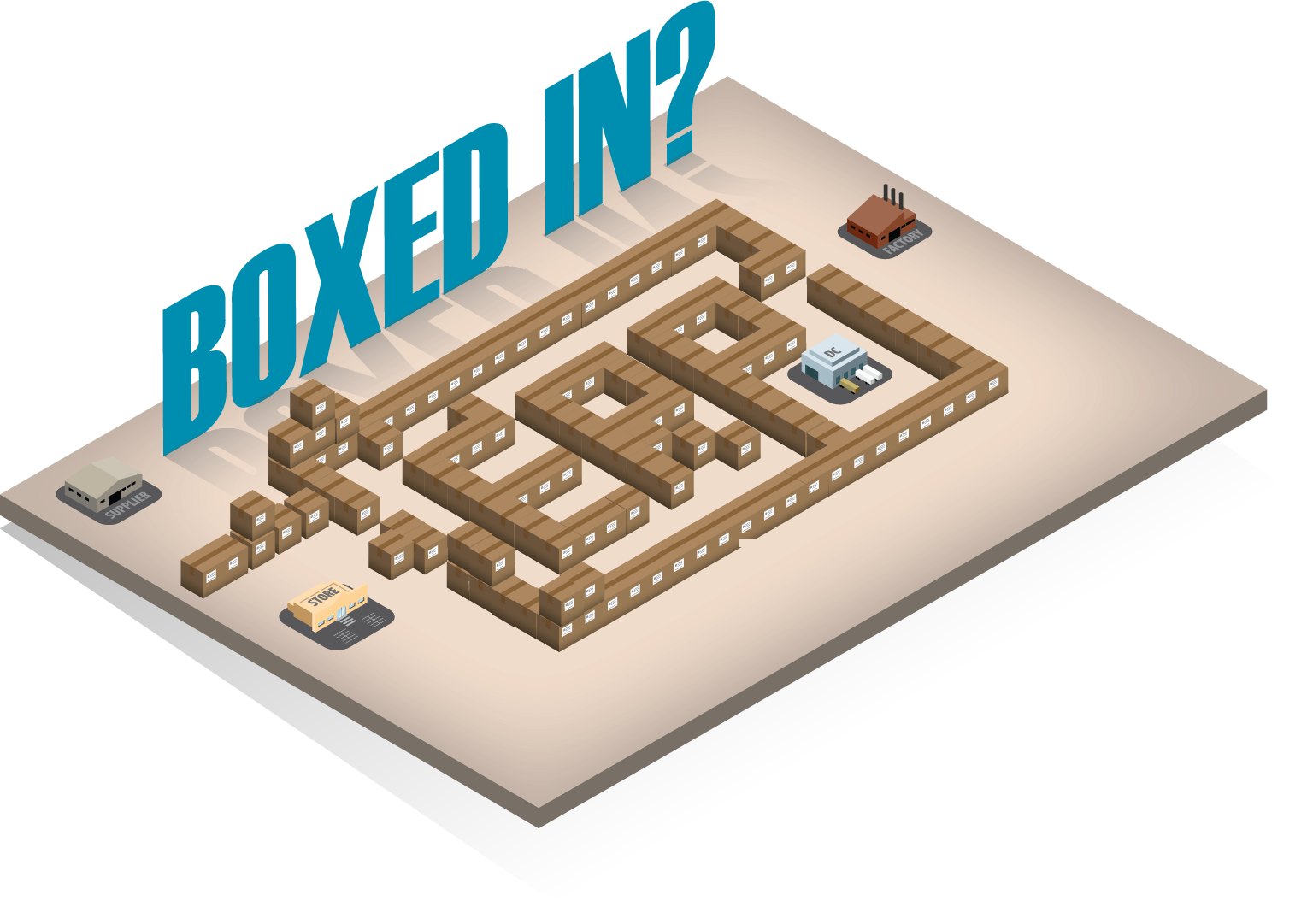This post has already been read 17319 times!
This is part 6 in our ongoing series on Disruption. If you missed the earlier ones, read them here: Disruption Part 1, Disruption Part 2, Disruption Part 3, Disruption Part 4, Disruption Part 5.
With the new solution model, that of a network with extensible solutions, comes the possibility of a new business model that makes software vendor and customer, not adversaries as they often seem to be, but partners.
With a traditional ERP (Enterprise Resource Planning) product, each customer needs to buy, implement, customize and maintain their own instance (or outsource it, pay a premium and manage that relationship). By contrast, a multi-party network model offers a single network for participating companies, underpinned by a single code base.
All parties use the same solutions and code base, so there’s much less development and maintenance required to support all network participants. Not only that, the cost of development and maintenance is shared among all parties on the network.
The result is a much lower total cost of ownership (TCO) for all companies on the network.
Focus on Your Business, Not the Technology
Since a multi-party network is managed by the vendor, all implementations, connections, and upgrades, etc., are the vendor’s responsibility. This frees up companies from managing data, connections, upgrades and other IT issues associated with the typical installation.
Multi-party cloud solutions lead to a lower IT burden, and puts the focus back on growing the business... Share on XThis leads to a much lower in-house IT burden, and puts the focus back on managing and growing the business rather than on the enabling technology. This is a great relief in terms of time, cost, and resources, not to mention a lot less stress that typically goes along with implementations and upgrades.
To be clear, there will always be the need for some involvement on the customer/user’s side, such as testing new modules, customizations and upgrades, but their involvement and responsibility will be reduced dramatically
It’s also worth noting that multi-party networks usually have a high frequency of upgrades. Since it is a single code base, and there’s an ever-present need to keep the solution abreast of the latest developments in the market, vendors can afford, and are highly motivated, to update the code frequently.
Total Support, Not Just the Product
It’s because of factors like these that this disruptive technology helps drive a new business model.
Typically an ERP vendor will support the product but not a particular implementation. Companies usually pay separately for the license, maintenance, consulting, development, etc. For the average company this adds up quickly, and for a global corporation it can cost tens of millions of dollars.

As the technology ages, upgrades become increasingly costly, and companies risk becoming “locked in” to obsolete technology.
A much better business model is one in which the vendor supports the integration, the solution extensions, and whatever capability the company needs, and does it all for a monthly fee. The customer decides on the capabilities they need. The vendor supports those capabilities.
Customer-driven. Simple. Fair.
The customer decides on the capabilities they need, the vendor supports those capabilities. Simple. Fair. Share on XThis reframes the relationship between the vendor and customer from adversaries to partners. It’s a model that makes sense to both parties, not just the vendor.
If you’d like to find out more on the disruption coming to supply chains, I recommend reading Supply Chain’s New World Order.
- Map of U.S. Trucking Spills in 2016 - January 13, 2017
- What is aPaaS? A Way to Supercharge Your App Development - December 12, 2016
- Future of Transportation: Goodyear’s Radical Smart Tire Concept - November 3, 2016
